Yes, there is a right way and a wrong way to wash dishes when backpacking. You’ll need to make sure that you don’t contaminate water sources, get dishwater around camp or waste your precious water. With this method, there is no need for a camp sink as you use the pot as the sink. Here are the instructions.
1. Keep dishes and utensils to a minimum
If you plan your backpacking food well, you won’t need more than a:
- Pot
- Bowl
- Cup
- Spork
A lot of my meals are one-pot, so I can even skip the bowl and just eat straight from the pot. Or, if I’m backpacking with a partner, I eat from the pot and the partner eats from a bowl. This minimizes the number of dishes to bring.
Tip: Avoid oily meals. It’s harder to clean oil off of dishes.
2. Presoak
Do this immediately after eating. You don’t want the food to dry on the pot or it will be really hard to clean. To presoak:
- Nest all dishes and utensils together. This allows your pot to act as a sink. If backpacking in a large group, you’ll need to bring along a collapsible backpacking sink like the one from Sea to Summit (find on Amazon, REI). Also see these collapsible camp sinks.
- Cover with a small amount of filtered or boiled water.
- Optional: Add a few drops of biodegradable dish soap. If the meal wasn’t very oily, then you probably don’t even need dish soap.
Should I use hot water for washing dishes?
A lot of people recommend using hot water for this step. I personally find it a waste of time and fuel to heat the water. I only do this if:
- The meal was very greasy
- I waited too long to wash dishes and the food crusted to the pot
- It is winter and I don’t want my hands in icy cold water
Do I need treat water for washing dishes?
Yes. Use filtered or boiled water for washing dishes. Avoid chemical treatments like bleach or iodine tablets as these do a poor job of killing parasite eggs.
3. Wash dishes
I used to bring a sponge backpacking. Now I will scrub with my finger or with some brush. Pine needles work great as a scrub brush!
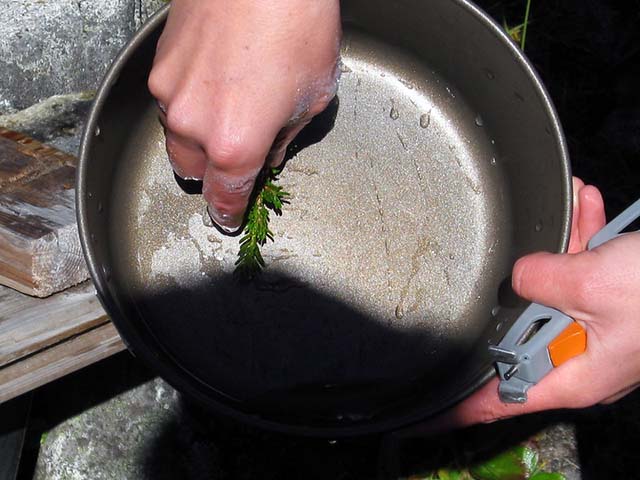
4. Dump dirty water
You can’t just dump dirty water anywhere. It will attract pests and habituate wild animals to human food. Leave No Trace recommends the following:
- Strain dirty dish water. Dispose of food scraps or pack them out. To dispose of the water, broadcast it (fling it around to disperse it). OR
- Dig a cathole 6 to 8 inches deep. Dump your dirty water in the cathole.
- Always dump dish water at least 200 feet from a water source.
- Follow the bear triangle. Dish water should be 200 feet from your shelter. See it here.
5. Rinse
To reduce the amount of water used, I first rinse the utensil over the bowl. Then I rinse the bowl over the pot. This method reuses water from the previous item. Dispose of rinse water in a cathole or broadcast it.


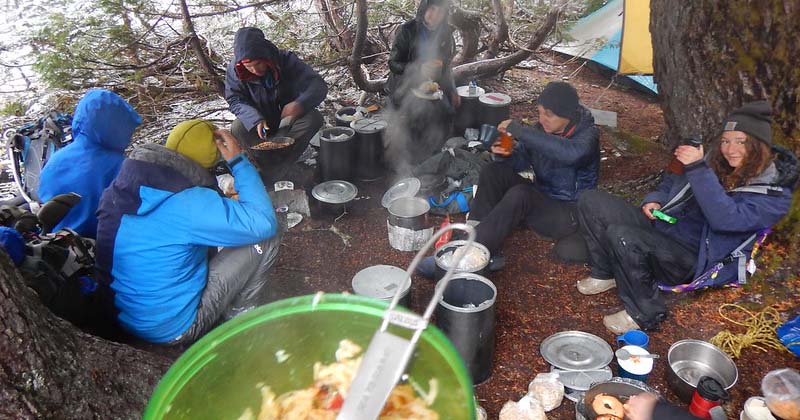
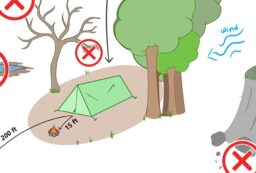
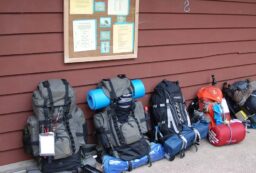
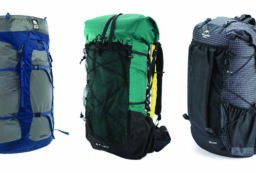







Post your comments